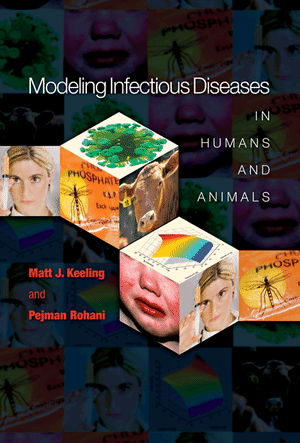Metapopulations are one of the
simplest spatial models, but are also one of the most applicable to
modeling many human diseases. The metapopulation concept is to
subdivide the entire population into distinct “subpopulations”, each of
which has independent epidemiological dynamics, together with limited
interaction between the subpopulations.
For human populations, permanent relocation from one population to
another is sufficiently rare that it may be ignored as an
epidemiologically significant force. Instead, it is more natural to
think about commuters spreading the disease. Commuters live in one
subpopulation but travel occasionally to another subpopulation. We
therefore label
Xij,
Yij , and
Nij
as the number of susceptibles, infecteds, and total hosts currently in
population
i that live in
population
j. When there are
multiple communities within the metapopulation, and when the
populations are of different sizes or the strengths of interaction
differ, it is more informative to return to first principles to
calculate the dynamics. From the standard SIR models we consider the
number of individuals of each type in each spatial class:
Here, the matrices
l and
r determine the rate that
individuals leave from and return to their home subpopulation.
Note that we are using numbers
(X,Y,Z) for greater clarity
and assuming density dependent transmission.


